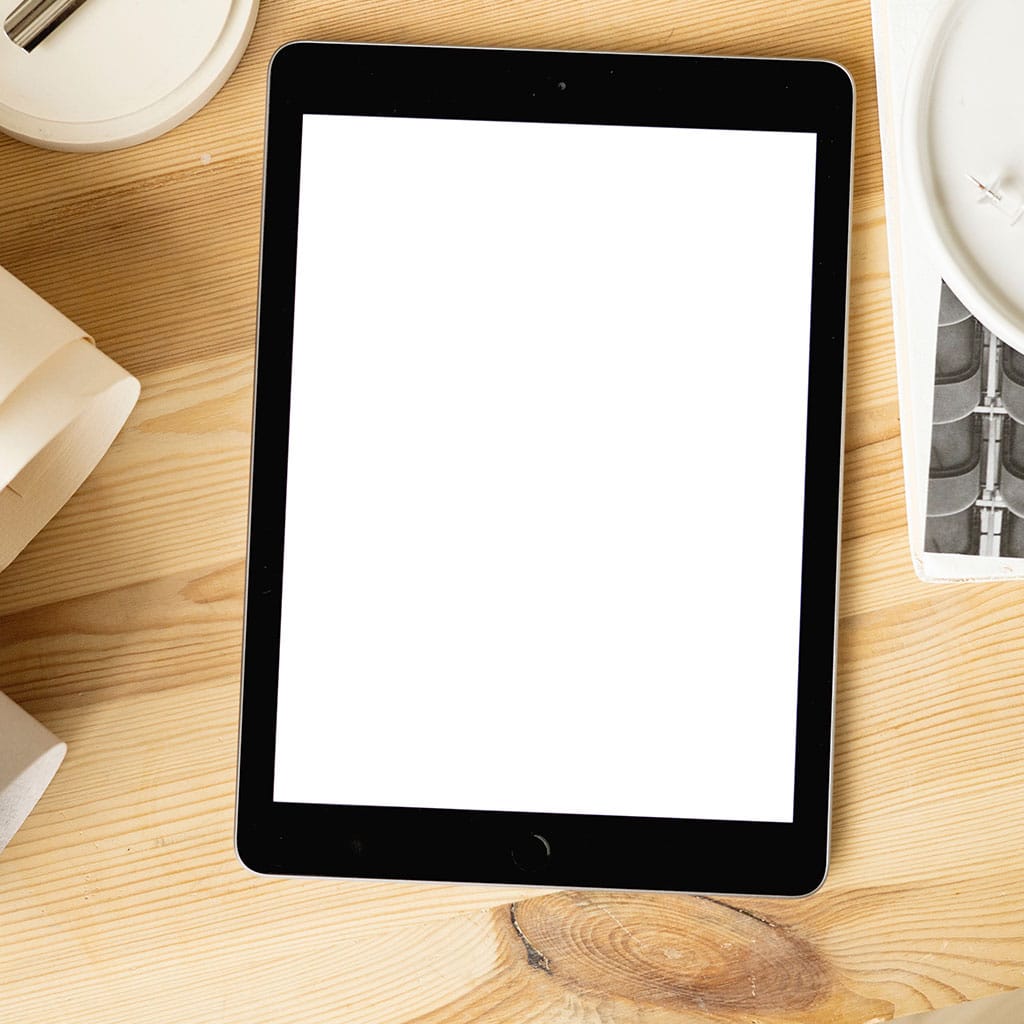Is an iPad a tablet
Is an iPad a tablet
In this article, we’ll delve into the question: Is an iPad truly a tablet, or is there more to this iconic device than meets the eye?”
Is the iPad truly the ultimate tablet?
Yes, an iPad is indeed a type of tablet. It has been a prominent player in the tablet market since its introduction by Apple Inc. in 2010. iPads are known for their premium quality and are often considered to be at the higher end of the tablet spectrum. They come in various models and configurations to cater to a wide range of user preferences and needs.
One distinguishing feature of iPads is their larger screen size, which provides a more immersive experience compared to some other tablets. This makes them well-suited for tasks like content creation, gaming, and multimedia consumption. Additionally, iPads offer seamless integration with other Apple devices and services, such as iCloud for cloud storage and easy sharing across different devices. The iPad’s intuitive interface, powered by iOS, ensures that users can quickly adapt to and navigate through the device, even if they are new to the Apple ecosystem. Moreover, the availability of a vast array of third-party apps through the App Store allows users to customize their iPad’s functionality to suit their personal preferences and requirements.
While iPads are often perceived as relatively more expensive compared to some Android devices, they also provide robust internal storage options, ensuring users have ample space for apps, media, and other files. Some models also support accessories like the second-generation Apple Pencil and physical keyboards, further enhancing their versatility. Additionally, with advancements in processor technology, iPads have become increasingly powerful, capable of handling demanding tasks like graphic design, video editing, and more. This makes them a valuable tool for professionals and creatives seeking a powerful tablet. Overall, the iPad’s combination of hardware quality, software optimization, and a vast ecosystem of apps and accessories solidify its position as a leading and powerful tablet in the market.
What are some of the key benefits and drawbacks of using an iPad as a tablet device?
Using an iPad as a tablet device comes with a host of benefits. The first and most evident advantage is the wide range of available apps tailored for tablet use. With a massive selection on the App Store, users have access to a multitude of productivity, creativity, entertainment, and educational applications. The seamless integration with services like iCloud offers generous cloud storage, ensuring users can access their files from anywhere with an internet connection. iPads also excel in media consumption. The generous display sizes and high-resolution screens make them ideal for watching online videos, browsing content, and reading digital books or magazines. Additionally, iPads support external peripherals such as the second-generation Apple Pencil and physical keyboards, enhancing their versatility for tasks like note-taking, drawing, or typing.
However, there are some drawbacks to consider as well. While the iPad offers a fantastic touch-screen experience, some users may prefer a more traditional input method, which could necessitate the purchase of additional accessories like a physical keyboard. Depending on the model and storage capacity, iPads can be relatively expensive, especially when compared to other tablets in the market. Additionally, some tasks that require extensive computing power may still be better suited for traditional computers with more powerful processors. Lastly, the screen size may not be ideal for users who require a larger workspace for multitasking or for applications that demand more screen real estate. Ultimately, choosing an iPad as a tablet device largely depends on personal preferences, the intended use case, and the user’s willingness to adapt to its specific capabilities.





You must be logged in to post a comment.